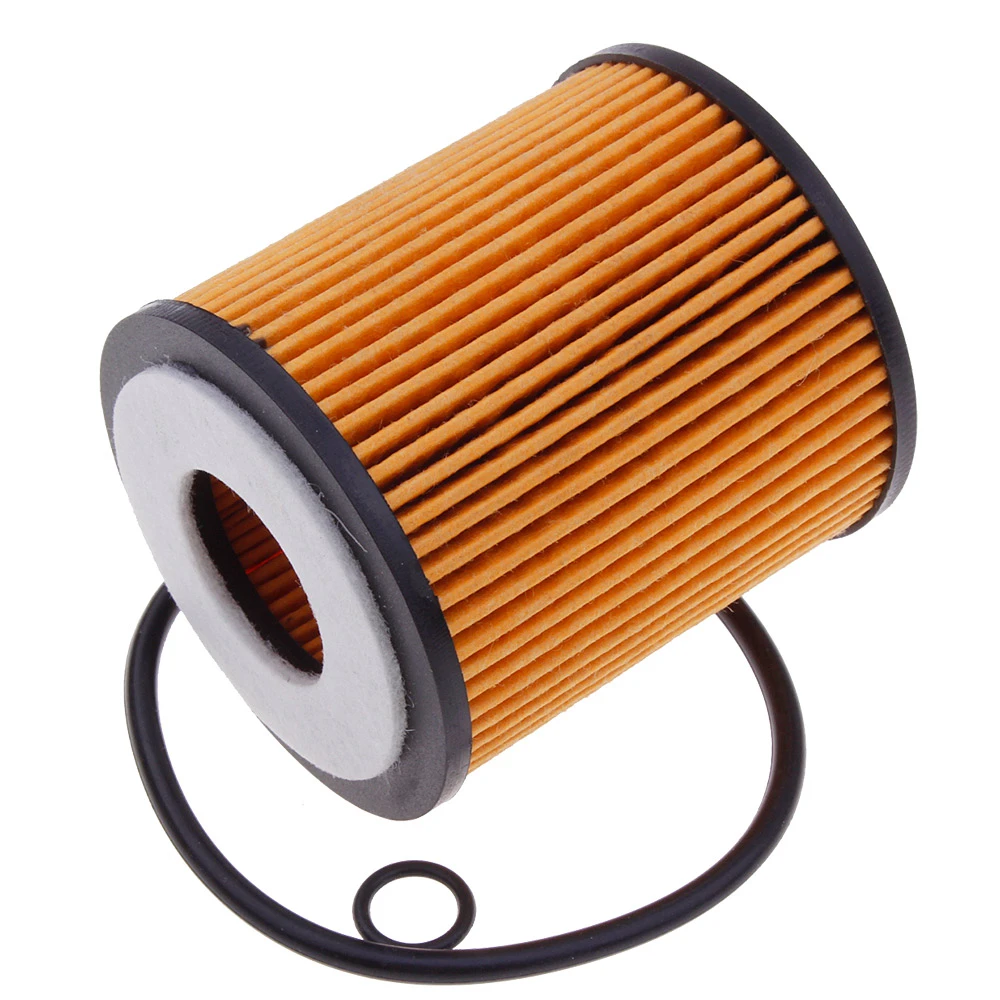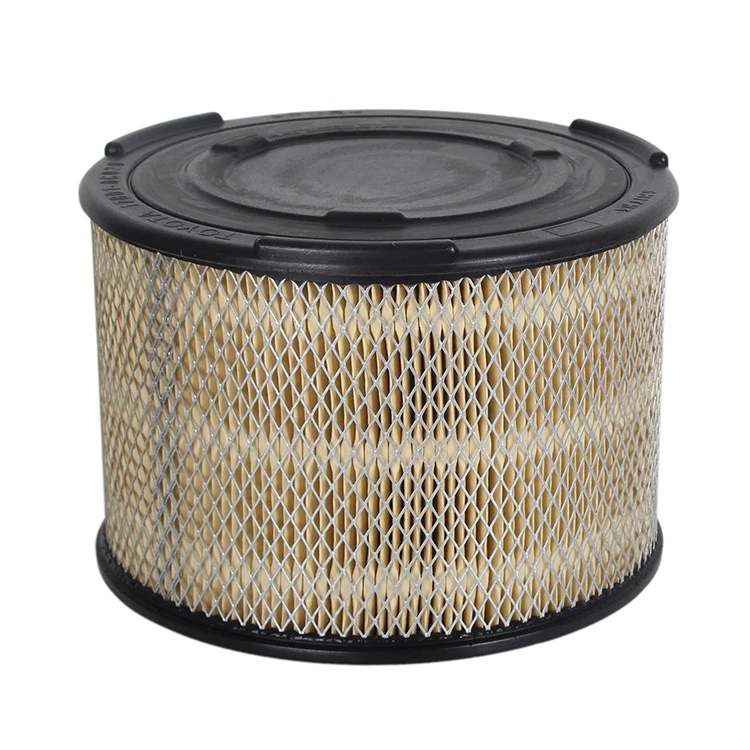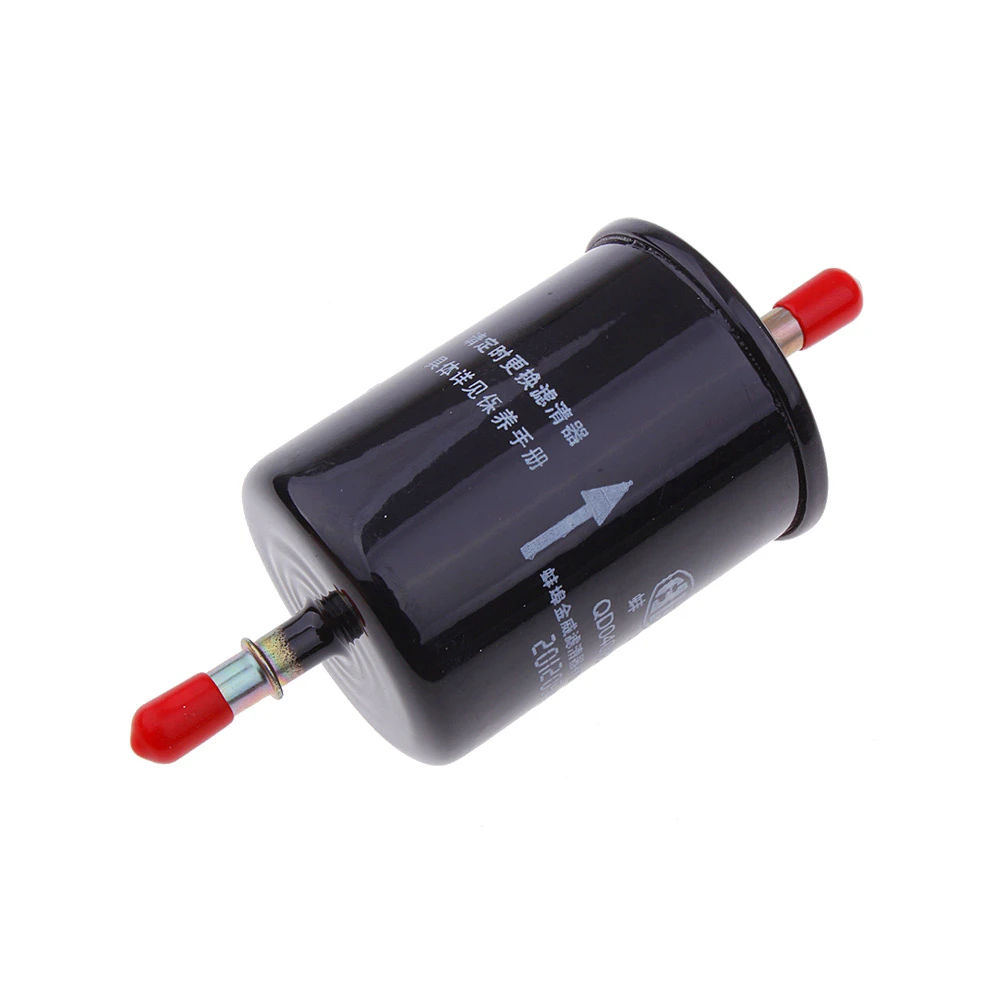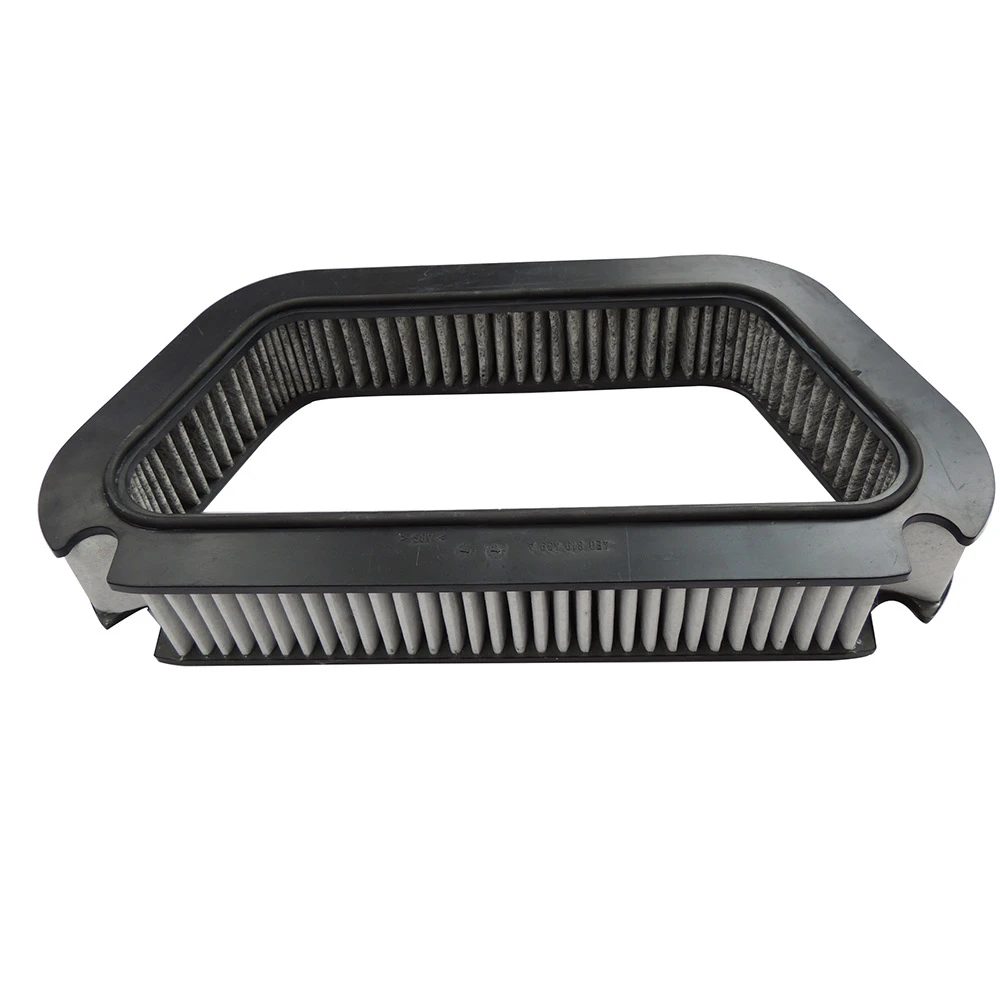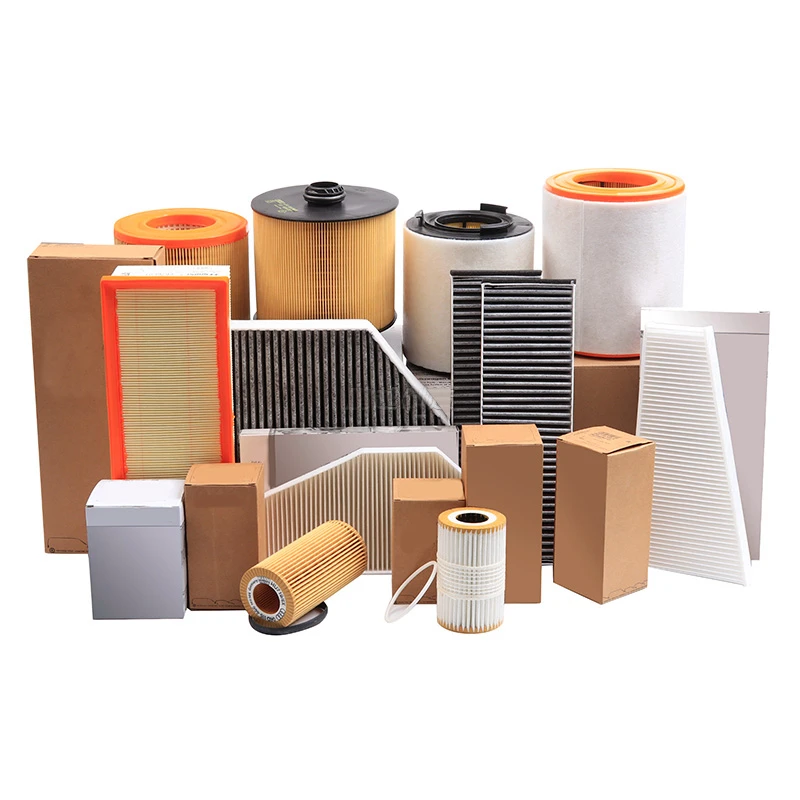
- Introduction to Fuel Contamination Challenges
- Technical Advantages of Modern Separation Systems
- Performance Comparison: Leading Manufacturers
- Custom Solutions for Specific Applications
- Real-World Implementation Case Studies
- Maintenance Best Practices
- Future Trends in Fuel-Water Separation Technology

(fuel water separator gasoline)
Why Fuel Water Separator Gasoline Systems Matter Today
Contaminated fuel costs the transportation industry $4 billion annually in engine repairs (U.S. DOE, 2023). Gasoline fuel water separators prevent water-induced corrosion that reduces fuel efficiency by 12-18% in combustion engines. Advanced coalescing media in modern separators achieve 99.97% water removal efficiency at flow rates up to 25 GPM.
Technical Advantages of Modern Separation Systems
Third-generation separators utilize:
- Hydrophobic nanofiber membranes (0.5µm pore size)
- Automatic drainage valves with 0.1% moisture detection
- Corrosion-resistant housings (600psi burst pressure)
Performance Comparison: Industry Leaders
| Brand | Filtration Efficiency | Max Flow Rate | Service Interval | Price Range |
|---|---|---|---|---|
| DieselTech Pro | 99.95% | 22 GPM | 800 hrs | $280-$420 |
| PureFlow Systems | 99.98% | 28 GPM | 1,200 hrs | $350-$510 |
| AquaGuard Solutions | 99.92% | 18 GPM | 600 hrs | $240-$380 |
Application-Specific Engineering
Modular designs enable configuration for:
- Marine systems (saltwater resistance coating)
- Cold climates (heated element options)
- High-vibration environments (damped mounting)
Operational Success Stories
Case A: Midwest trucking fleet reduced fuel filter replacements by 73% after installing gasoline water separator filters (18-month study, 120 vehicles).
Case B: Agricultural co-op reported 9.2% fuel savings in irrigation pumps through staged filtration systems.
Maintenance Protocol Optimization
Recommended service intervals vary by usage:
- Light duty (under 10 GPM): Annual inspection
- Moderate use: 6-month sensor calibration
- Continuous operation: Quarterly membrane checks
Innovations in Gasoline Water Separator Filter Technology
Emerging smart separators feature IoT-enabled sensors that predict maintenance needs with 89% accuracy. New composite materials extend filter life to 2,000+ service hours while maintaining 0.01% water retention rates. Field tests show next-gen units process 35% more fuel without increasing physical footprint.
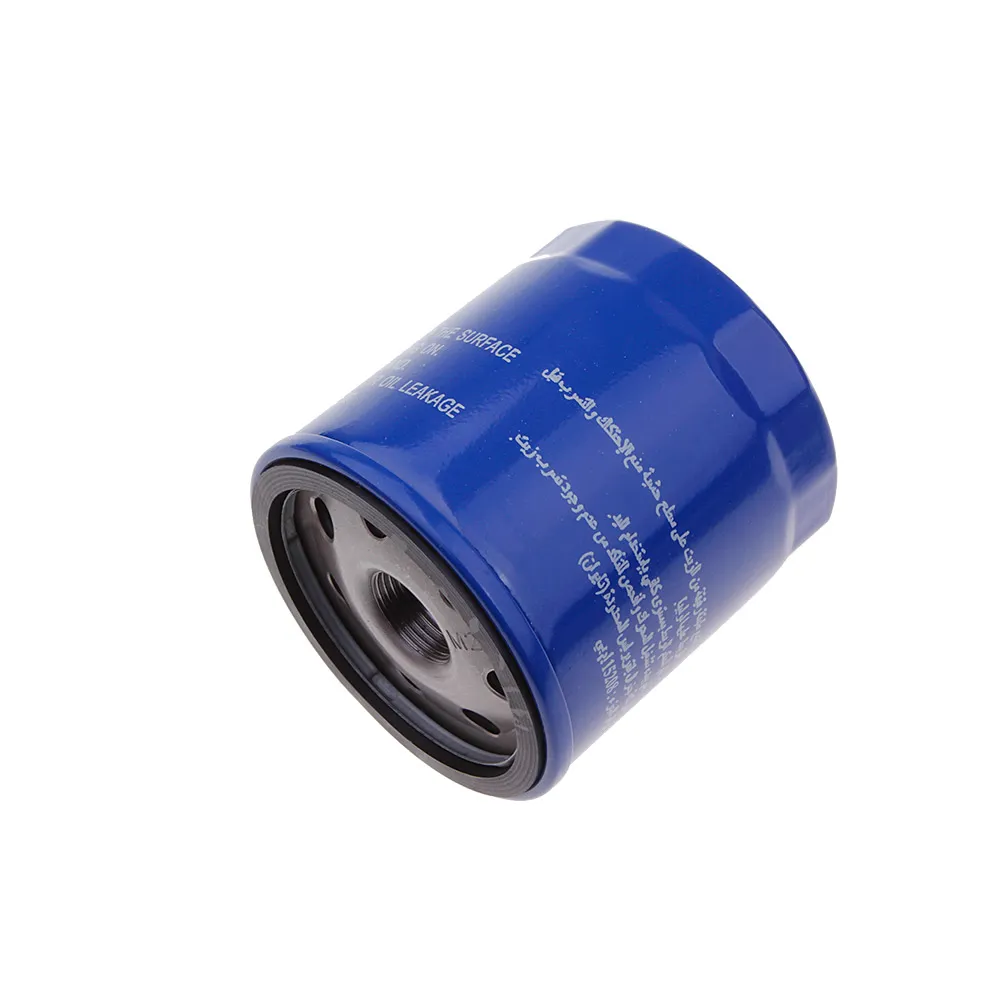
(fuel water separator gasoline)
FAQS on fuel water separator gasoline
Q: What is the purpose of a gasoline fuel water separator?
A: A gasoline fuel water separator removes water and contaminants from gasoline to protect engines. It prevents corrosion and ensures optimal fuel combustion. This improves engine performance and longevity.
Q: How often should I replace a fuel water separator for gasoline engines?
A: Replacement intervals depend on usage and manufacturer guidelines. Typically, inspect it every 6-12 months or after 500-1,000 hours of operation. Clogging or water buildup signals immediate replacement.
Q: Can a gasoline water separator filter damage my engine if not maintained?
A: Yes, a neglected filter can fail to trap water, leading to corrosion or fuel injector issues. Contaminated fuel may cause misfires or reduced efficiency. Regular maintenance is critical to avoid engine damage.
Q: Where is a fuel water separator gasoline component usually installed?
A: It’s installed between the fuel tank and the engine, often near the fuel line. Some models integrate into the fuel pump assembly. Proper placement ensures efficient water and debris removal.
Q: What features should I look for in a gasoline water separator filter?
A: Prioritize high filtration efficiency, corrosion-resistant materials, and easy drainage. Ensure compatibility with your engine’s fuel flow rate. Transparent bowls for visual inspection are also beneficial.
-
Vehicle Performance with Premium Car Filter SolutionsNewsJul.02,2025
-
Upgrade Engine Performance with Timely Air Filter MaintenanceNewsJul.02,2025
-
Optimize Vehicle Health with Timely Air Filter ReplacementNewsJul.02,2025
-
Every Drive with Next-Level Car Filtration SystemsNewsJul.02,2025
-
Driving Comfort with Advanced Air Filtration SystemsNewsJul.02,2025
-
Cleaner with Next-Generation Automotive Air FiltrationNewsJul.02,2025
-
The Importance of Cabin Filter and Engine Filter: The Role and Maintenance of Cabin Filter and Engine FilterNewsJun.25,2025
Related Products
